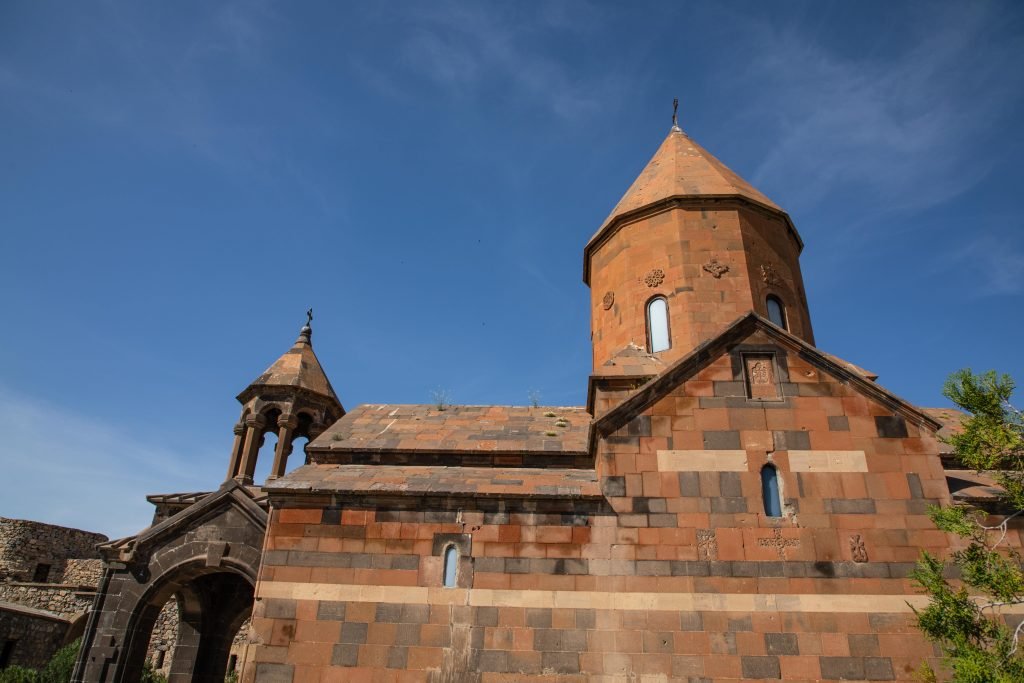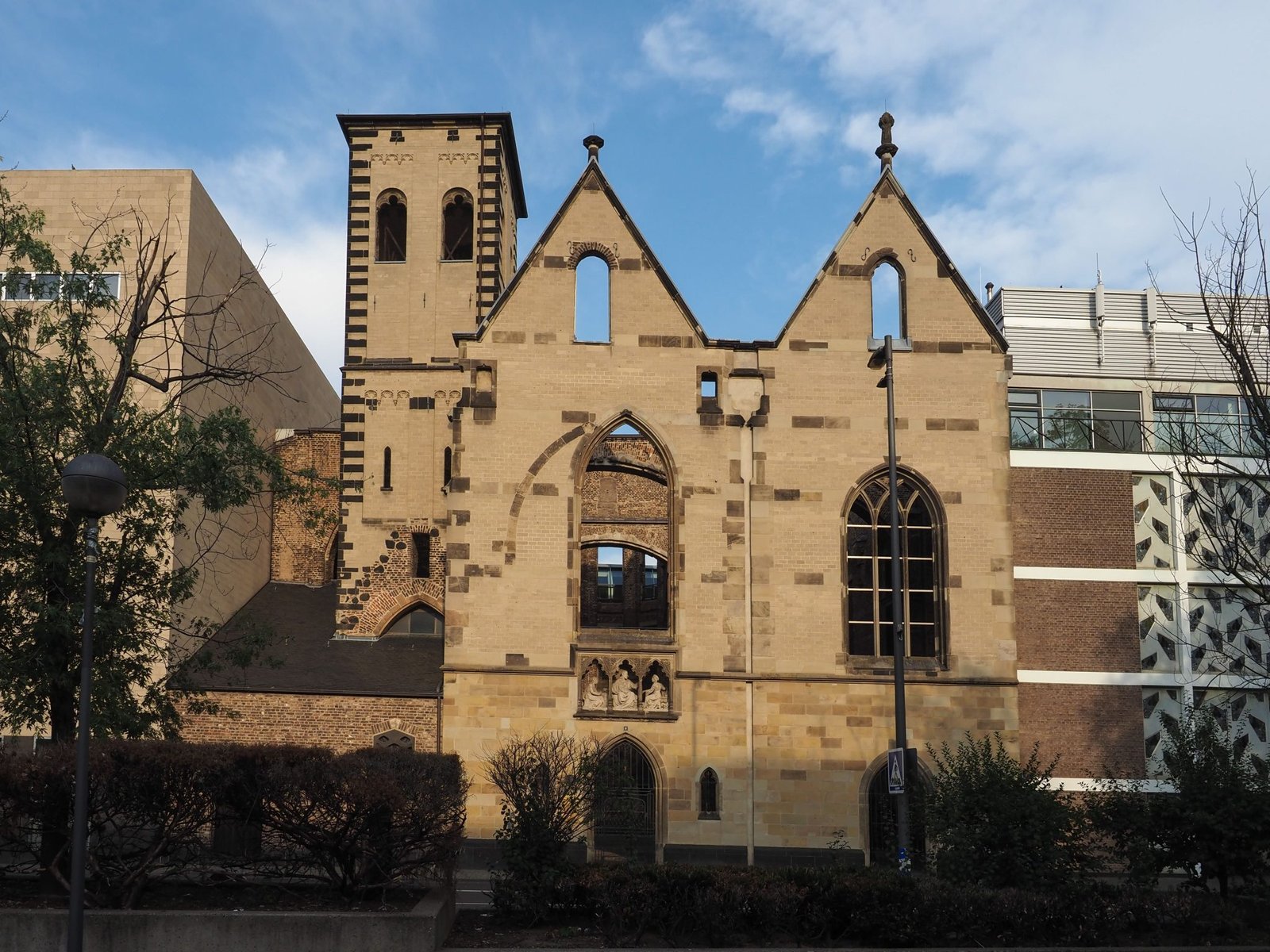
A summary of the book History of Christianity in Iran (chapter one)
During the Parthian period (from the beginning to 224 AD)
Naturally, what is important for us today is to know when and how Christianity entered the land that we call Iran today. At the beginning of Christianity, today’s Iran was the largest part of the Parthian Empire, but it was an important part of Iraq. Today, Turkey, the Republic of Azerbaijan, Armenia, Georgia, Turkestan, Uzbekistan, Tajikistan, Afghanistan and Pakistan were also part of this empire.
Our goal in this chapter as well as in the coming chapters is to pay attention to the point that Christianity mainly started in which parts of the Parthian Empire and then, in the following periods, in which parts it was more established.
In this book, whenever “Iran Khas” is meant, i.e. the land that was the home of Aryan peoples, we will use the term “Plateau of Iran” and whenever the areas under the control of Iranian empires are meant, it will be enough to mention the title of that empire. became.
The fact is that all that we know about the beginning and spread of Christianity in the Parthian Empire is based on many writings or on traditions and hadiths that researchers have doubts about their authenticity and authenticity.
A quick look at hadiths and narrations
The Acts of the Apostles refers to Parthians, Madians, Elamites, and islanders. (Acts of the Apostles 11:2-8) Waterfield raises the possibility that perhaps some of these Jews living in the areas mentioned in the above verses believed in Christ and upon returning to their homeland, saw the appearance of the promised Messiah in the person of Jesus. Naseri promised.
In addition, the French researcher Labor believes that because these lands are mentioned in the book of Acts of the Apostles, which was written around 70 AD, this indicates that the Christian communities of “the Christians of the western regions of Iran” were Parthian.
Labor writes that the spread of Christianity in the Parthian Empire has been attributed to various people, such as Thomas the Apostle, Nathanael the Apostle (Bartolma), and Tedi the Apostle (Labbi). The center of their activity was the city of Edessa, which is a city located in the north of Mesopotamia on the banks of the Euphrates River (this city is called Arafa today and is located in the south of modern Turkey and not far from the borders of Syria).
In some documents, it is stated that the church of the city of Seleucia (which was called Seleucia-Tisfon or Mada’in, the capital of the Sasanian Empire during the Sasanian era) was also founded by the hand of Thomas the Apostle. According to some other hadiths which apparently do not seem to be very reliable, King Abgar of Edsa, due to the services of Edda, and many inhabitants of Edsa and his territory converted to Christianity, and thus Christianity spread in the western part of the Parthian Empire, and from there into the plateau of Iran and among the Aryan peoples.
The authenticity and validity of these hadiths
Historians and researchers do not have a favorable opinion about these documents. The reasons of scientists can be divided into three categories.
Lateness of documents
Historical mistakes
The legendary nature of documents
Conclusion based on hadiths
Considering what we find from the hadiths related to the beginning of Christianity in the Parthian Empire, and also considering the opinions of experts about the authenticity and validity of these hadiths, the author comes to the following conclusions with caution.
Christianity in the Ashkan Empire
Based on all these traditions, it can be concluded that the starting point of Christianity in the Parthian Empire was these border cities, that is, Edsa, Arbla, and Nusaybin. Due to the cultural and linguistic affinity between Parthian Mesopotamian cities and other Syriac-speaking regions of the Roman Empire, there is no reason to deny that the Parthian Church of Iran began in Mesopotamia.

The possibility of the spread of Christianity in the Iranian plateau in the first century
To confirm the progress of Christianity among the Aryan peoples, we can pay attention to several factors:
First, it is the evangelistic zeal that reigned over the Christians during the covenant of the apostles.
Second, we know that Jewish communities existed in Mesopotamia and the Iranian plateau since the Babylonian captivity.
Third, the common language in Parthian Mesopotamia was Syriac/Aramaic, the language spoken by the apostles and their Jewish disciples.
The rate of expansion of Christianity in the Iranian plateau
The available documents mostly refer to the spread of Christianity in the Syriac speaking lands (Mesopotamia) or the Persian Gulf lands and show that Christianity has spread significantly in these lands and among the Syriac speaking people.
Among these documents, there is a quote from Bardisan in the book of Eusebius of Caesarea, in which there is a passing reference to our sisters in Gilan. All the evidence leads us to accept that before the beginning of the Sassanid period, the Iranian empire did not include organized Christian communities. It was only around 250 AD that Catholic Christianity was able to expand its territory to the Tigris River.
Possible reasons for not spreading widely among Aryans
Several reasons can be imagined for this:
The agent of language
Population composition
Religious and philosophical ideas
Culture and literacy
Geographical conditions
What can be said is that in the first two centuries AD, Christianity had a very impressive expansion in the Syrian regions of the Parthian Empire; But we don’t know the extent of its spread among Aryan peoples. We only know that there were churches in the plateau of Iran and beyond.
The quality of Christianity during the Ashkanite period:
Christianity with a Jewish aspect: Suleiman’s prayer
In 1909, a hymn written in Eastern Syriac was discovered and it is called Suleiman’s prayers. This hymnal contains 42 spiritual hymns. According to experts, this document belongs to the end of the first century AD. Therefore, it can be said that this is the oldest church hymn that is available. Although these poems contain true Christian beliefs, their contents indicate that they were written in a Jewish environment.
Prominent thinkers:
Bardaisan
Bardaisan was a prominent Persian nobleman, athlete, poet and philosopher who was born in the city of Edsa around the year 154. He acquired knowledge in various Greek, Persian and Syriac sciences of his time and converted to Christianity at the age of 25. Due to his knowledge and interest, he was soon appointed to the position of deacon and soon became one of the leaders of the Parthian government church. He was a theologian whose theological ideas were mixed with the philosophical ideas of Greece, Persian mythology and Chaldean astronomy.
Tatian
Another outstanding theologian of this period from the Church of the East, who will shine forever, is a Syrian man named Tatian, who was born in one of the cities of Mesopotamia. (about 110 to 180). Unlike Bardisan, instead of introducing philosophy into the church, he introduced the Bible into the church.
Preparation of Diatsarone
Tatian’s innovative work was to prepare a single Bible based on the content of all four Gospels, which carefully contained all their contents. The feature of this work was that it was prepared in Syriac and Mesopotamian Christians could easily use it. Tatian called this work Diatessaron, which in Greek means a collection of all four gospels.
Emphasis on sports and monasticism
Although Tatian will always be admired for his service to the spread of the true gospel, the fault that has been leveled at his ministry is his extreme emphasis on austerity. In the following centuries, this caused the Eastern Church to place great emphasis on monasticism and seclusion, a point that can be seen reflected in Hafez’s poems.
Evangelistic activities
Syriac Christians had great evangelistic zeal and spread the Gospel message in most parts of the East. According to traditions and also based on historical and archeological findings, we can now say with relative certainty that Christianity in the Parthian period, in Kurdistan, Gilan, Armenia, Bactria (northern Afghanistan), Persian Gulf coasts, Central Asia among Turkic tribes and Mongol, in India, and has been promoted to Gog and Magog (probably China).
Today in the article : Ali Vahidi: A summary of the book History of Christianity in Iran (chapter one) We reviewed useful information about the Bible and the way of Jesus. If you wish, you can view other articles of Ali Vahidi about Christianity






